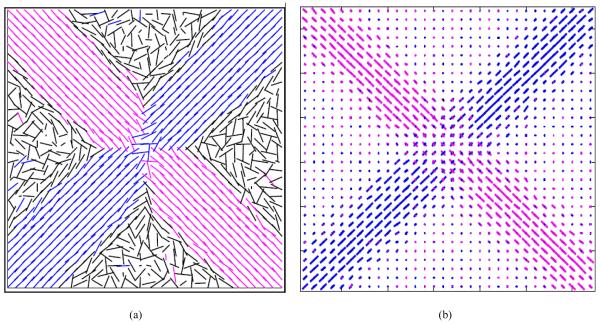Effect of Regularization Parameter and Scan Time on Crossing Fibers with Constrained Compressed Sensing
Fatma Elzahraa A. ElShahaby, Bennett A. Landman, and Jerry L. Prince. “Effect of Regularization Parameter and Scan Time on Crossing Fibers with Constrained Compressed Sensing”, In Proceedings of the SPIE Medical Imaging Conference. Lake Buena Vista, Florida, February 2011 PMC3087384 †
Full text: https://www.ncbi.nlm.nih.gov/pmc/articles/PMC3087384/
Abstract
Diffusion tensor imaging (DTI) is an MR imaging technique that uses a set of diffusion weighted measurements in order to determine the water diffusion tensor at each voxel. In DTI, a single dominant fiber orientation is calculated at each measured voxel, even if multiple populations of fibers are present within this voxel. A new approach called Crossing Fiber Angular Resolution of Intra-voxel structure (CFARI) for processing diffusion weighted magnetic resonance data has been recently introduced. Based on compressed sensing, CFARI is able to resolve intra-voxel structure from limited number of measurements, but its performance as a function of the scan and algorithm parameters is poorly understood at present. This paper describes simulation experiments to help understand CFARI performance tradeoffs as a function of the data signal-to-noise ratio and the algorithm regularization parameter. In the compressed sensing criterion, the choice of the regularization parameter beta is critical. If beta is too small, then the solution is the conventional least squares solution, while if beta is too large then the solution is identically zero. The correct selection of beta turns out to be data dependent, which means that it is also spatially varying. In this paper, simulations using two random tensors with different diffusivities having the same fractional anisotropy but with different principle eigenvalues are carried out. Results reveal that for a fixed scan time, acquisition of repeated measurements can improve CFARI performance and that a spatially variable, data adaptive regularization parameter is beneficial in stabilizing results.
